| Model: | MOS9041-08-1 |
| CAS NO.: | 9041-08-1 |
| Brand: | MOSINTER |
- Have any questions?
- +86-189 8930 5995
- sales@mosinterchem.com.cn
Heparin sodium CAS 9041-08-1

Urokinase CAS 9039-53-6
05/12/2018
Minoxidil CAS 38304-91-5
05/12/2018Heparin sodium(CAS: 9041-08-1)
| Item | Index |
| Molecular Formula | (C12H16NS2Na3)20 |
| Specification | CP/USP/EP |
| Appearance | White or grey crystalline powder |
| Storage Condition | 2-8°C |
| Solubility in water | 50 mg/mL, clear, faintly yellow |
Heparin ,also known as unfractionated heparin, a highly sulfated glycosaminoglycan, is widely used as an injectable anticoagulant, and has the highest negative charge density of any known biological molecule. It can also be used to form an inner anticoagulant surface on various experimental and medical devices such as test tubes and renal dialysis machines.
Although it is used principally in medicine for anticoagulation, its true physiological role in the body remains unclear, because blood anticoagulation is achieved mostly by heparan sulfate proteoglycans derived from endothelial cells. Heparin is usually stored within the secretory granules of mast cells and released only into the vasculature at sites of tissue injury. It has been proposed that, rather than anticoagulation, the main purpose of heparin is defense at such sites against invading bacteria and other foreign materials. In addition, it is observed across a number of widely different species, including some invertebrates that do not have a similar blood coagulation system.
It is on the World Health Organization’s List of Essential Medicines, a list of the most important medication needed in a basic health system.
Medical use
A sample of Heparin Sodium for injection
Heparin is a naturally occurring anticoagulant produced by basophils and mast cells. Heparin acts as an anticoagulant, preventing the formation of clots and extension of existing clots within the blood. While heparin does not break down clots that have already formed (unlike tissue plasminogen activator), it allows the body’s natural clot lysis mechanisms to work normally to break down clots that have formed. Heparin is generally used for anticoagulation for the following conditions:
• Acute coronary syndrome, e.g., NSTEMI
• Atrial fibrillation
• Deep-vein thrombosis and pulmonary embolism
• Cardiopulmonary bypass for heart surgery
• ECMO circuit for extracorporeal life support
• Hemofiltration
• Indwelling central or peripheral venous catheters
You must be logged in to post a review.

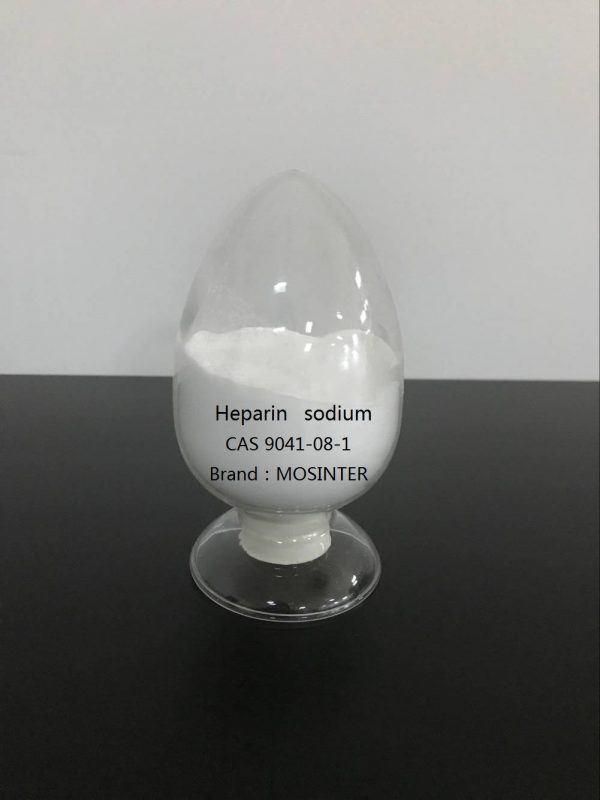
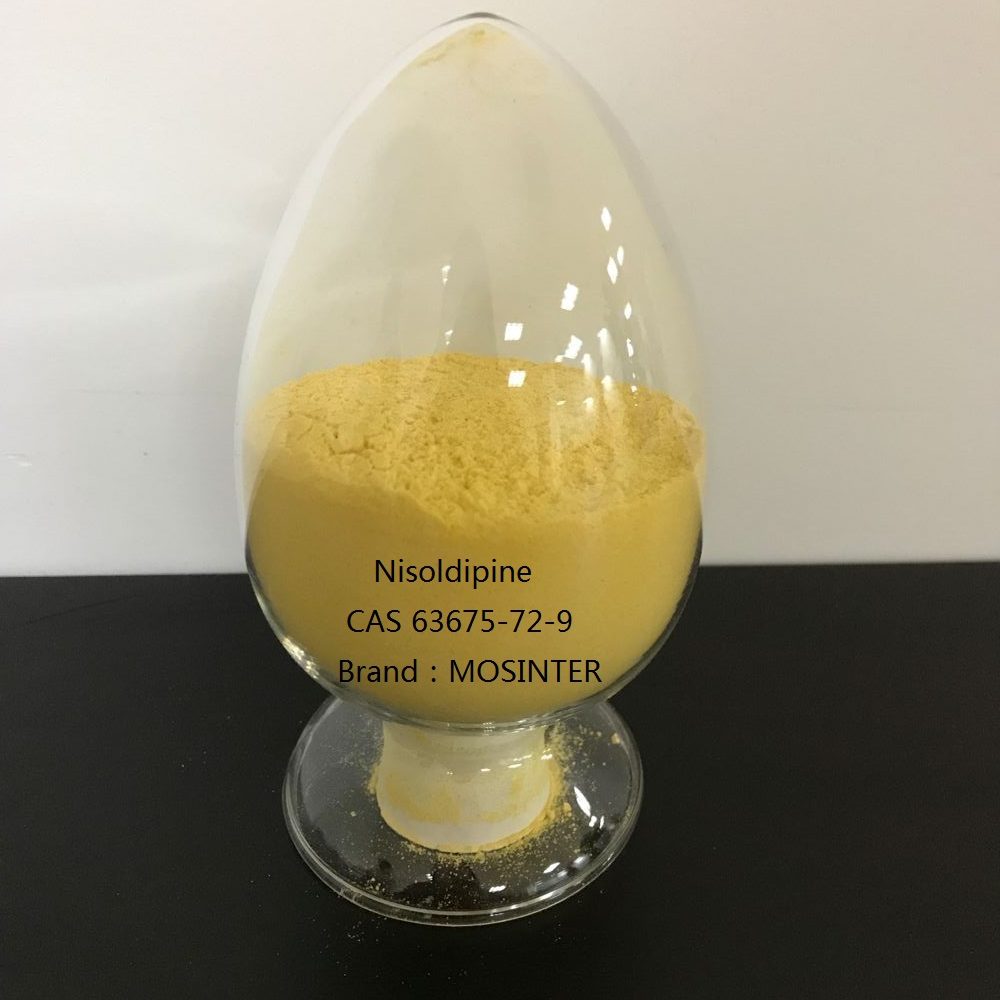
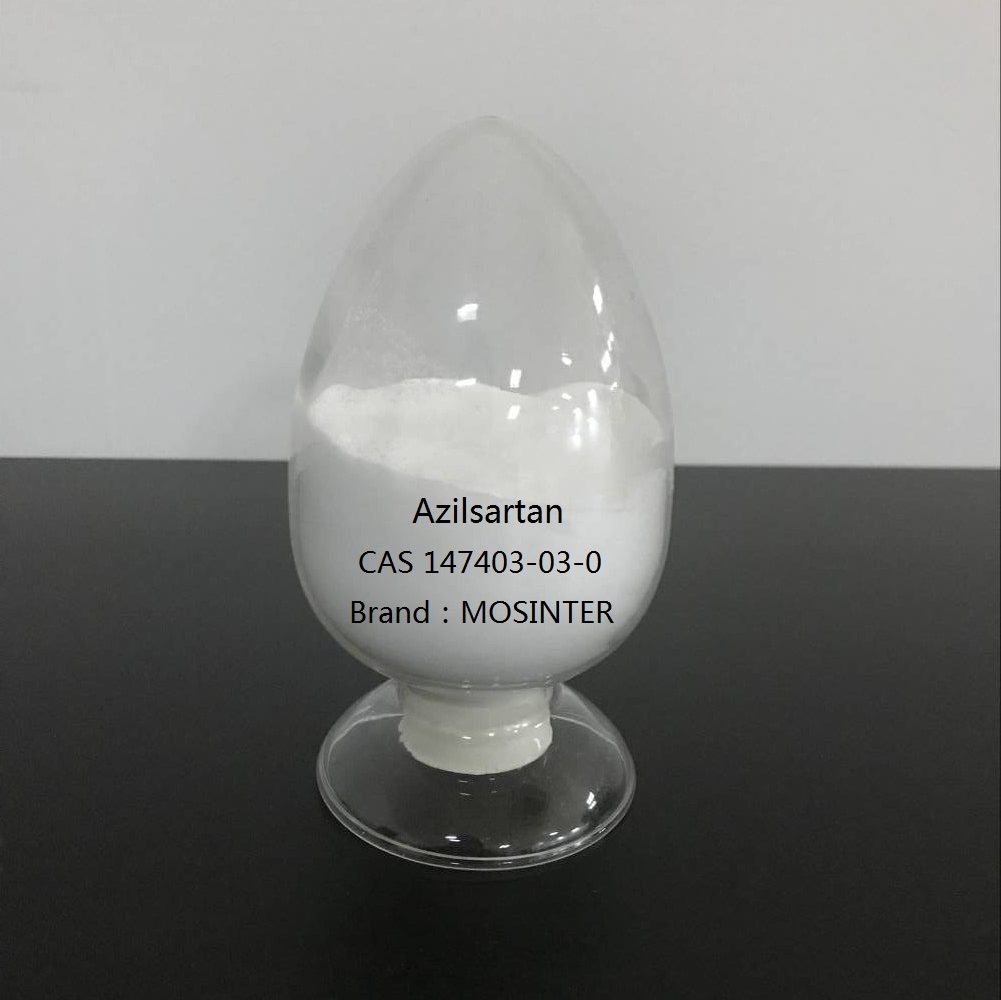
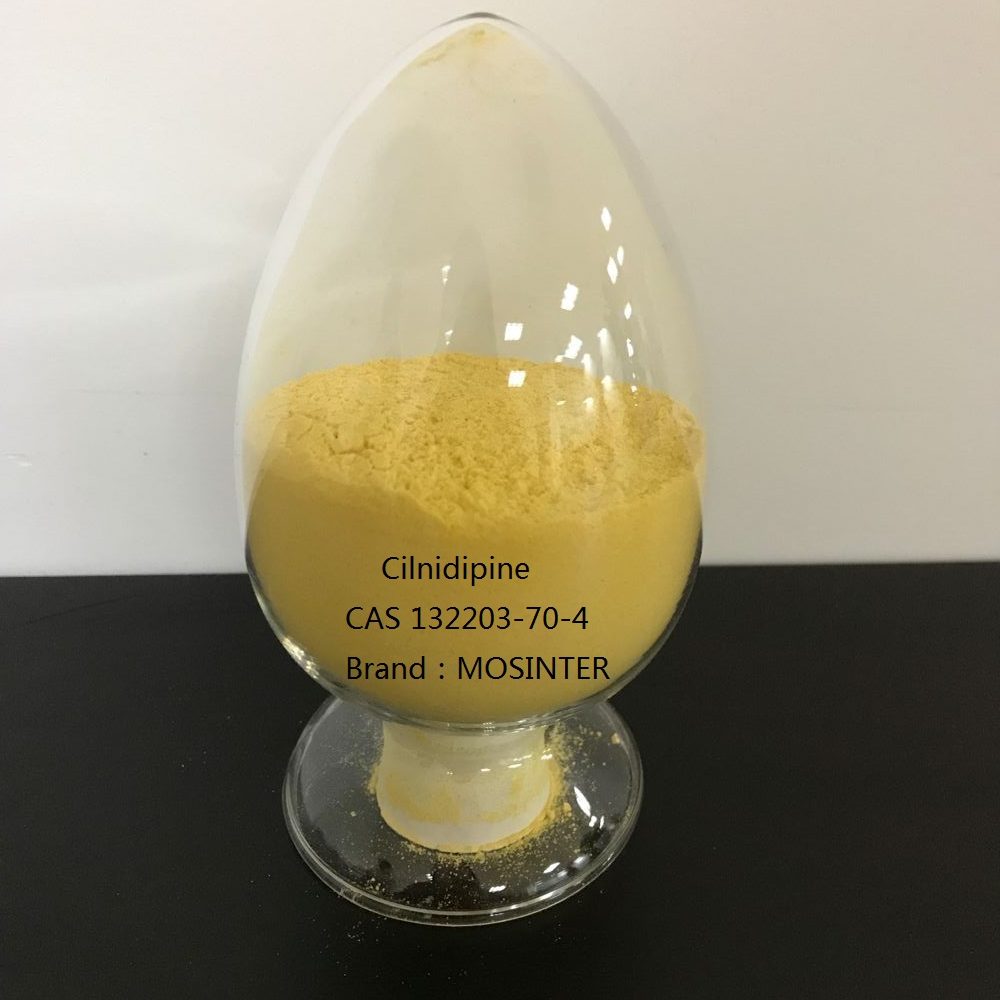
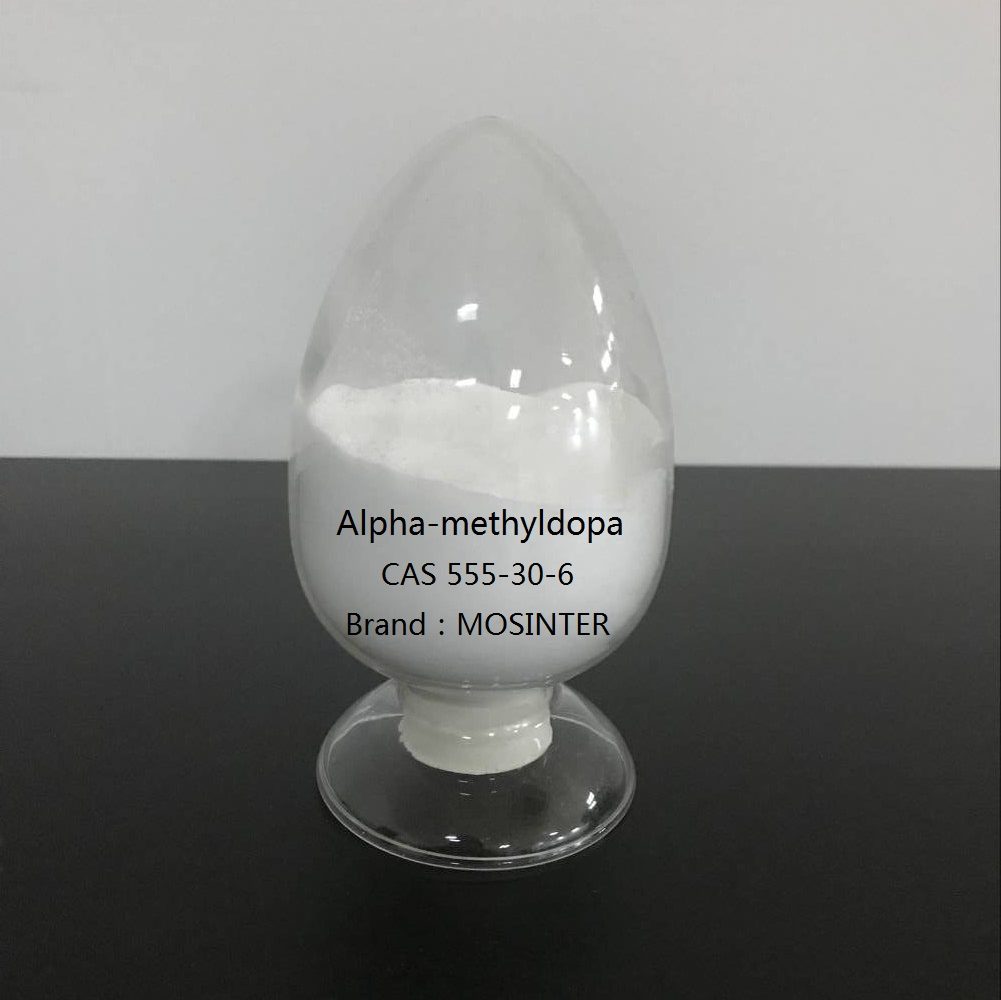
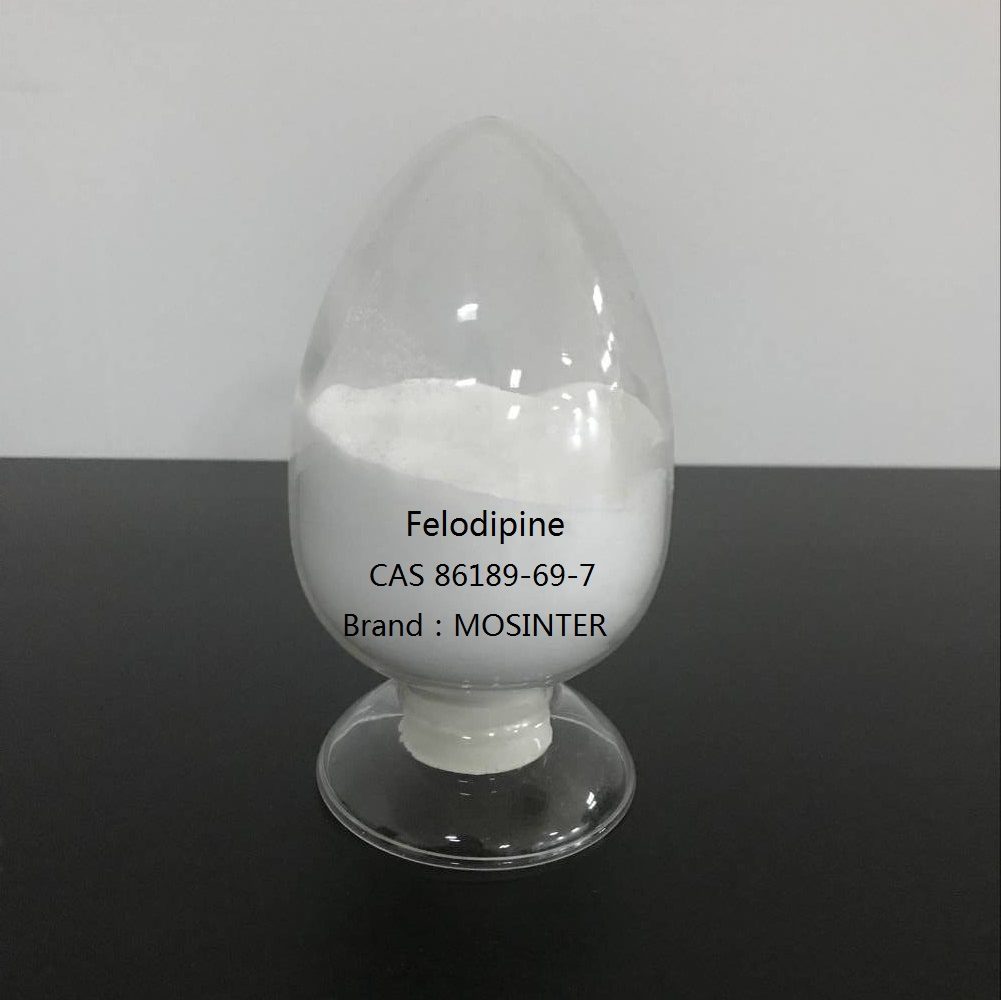
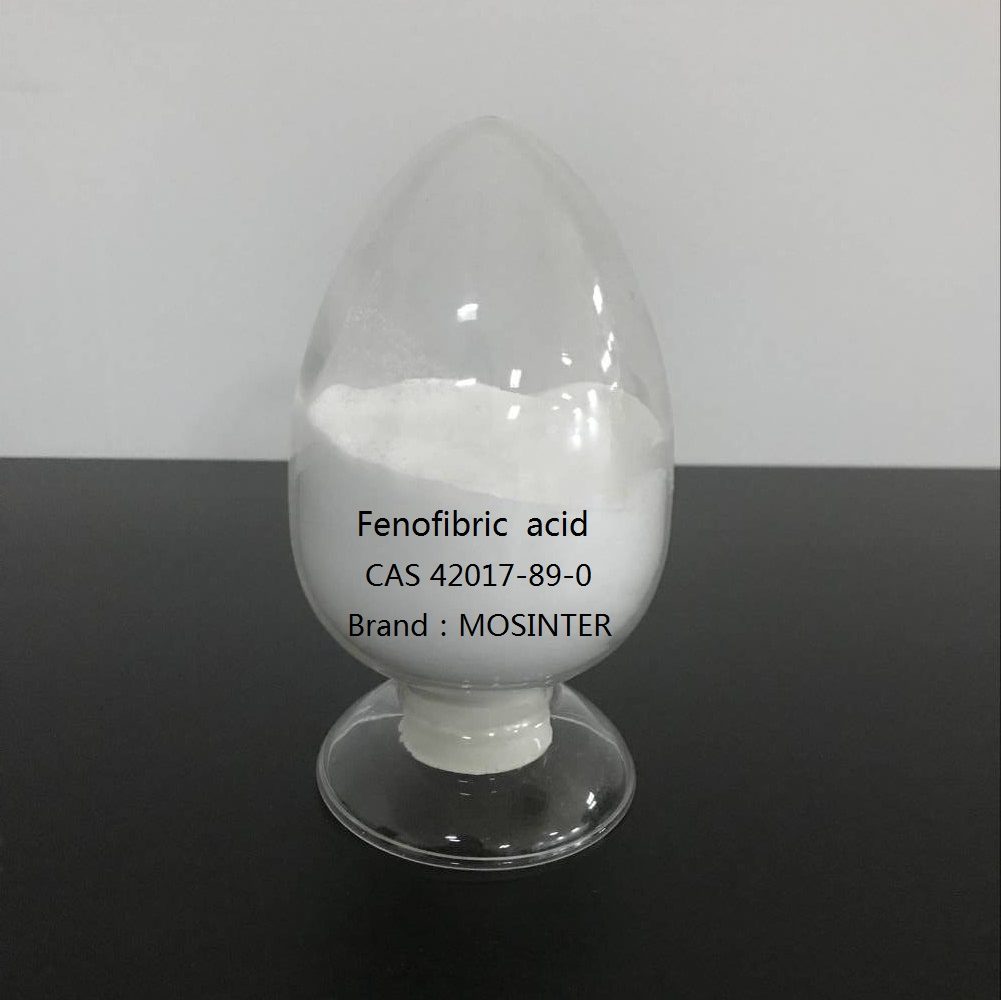
Reviews
There are no reviews yet.